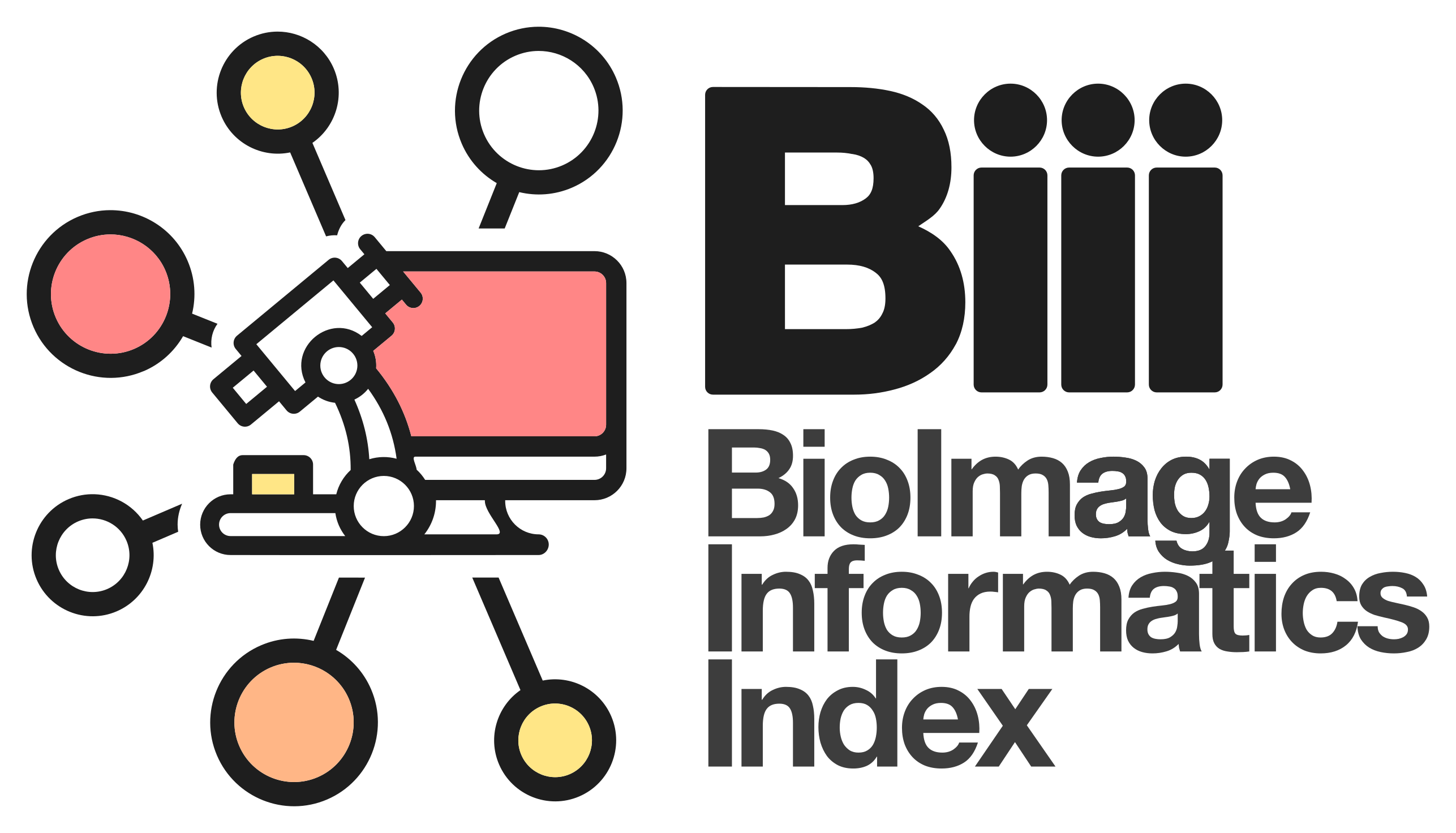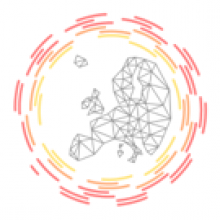Introduction to ImageJ macro language
In this session, we will cover the basics of ImageJ macro programming using a simple example: how to quantify signal enrichment at the nuclear rim? Trainees will (re)discover how to record actions, plan a workflow and organise their code. This session will alternate presentation of technical points, to be directly applied during practical exercises. The macro will progressively complexify as new notions are taught.



